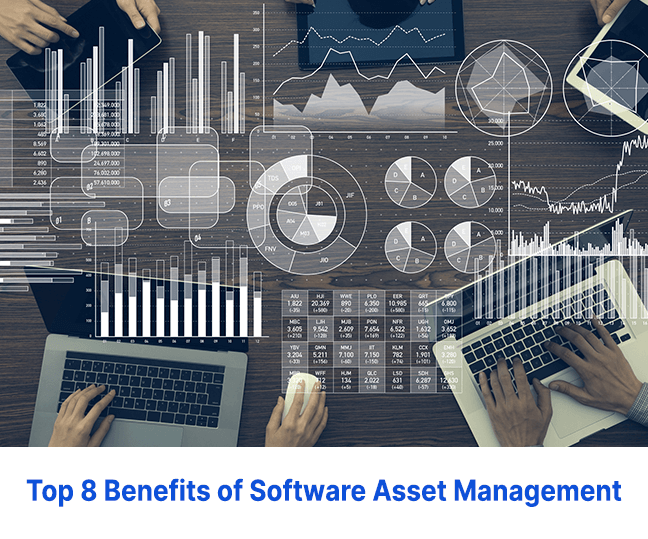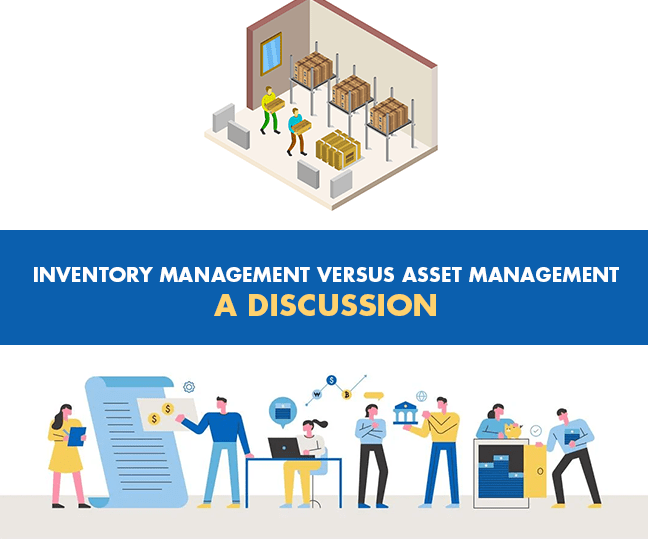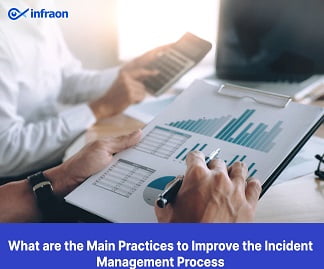Asset Management for small businesses is more than tracking and maintaining assets—it’s about ensuring that resources are available when needed to maximize efficiency and profitability. Small businesses often face asset management challenges, such as limited budgets, unexpected maintenance costs, and adapting to industry changes. A strategic approach to asset management helps optimize asset utilization, reduce downtime, and support business growth.
Small enterprises will constantly change and evolve. However, the requirement for small business asset management remains constant—the assets of a firm act as the engine that drives operations. Regardless of the size of your business, it is crucial to understand the importance of asset management in running a vibrant and successful enterprise.
Related article: IT Service Management (ITSM) Best Practices that Drive the Business Value
Asset Management for Small Business: Key Challenges
Like major corporations, small businesses must track, safeguard, and value their assets. By giving you access to all your asset data in one area and knowing the precise location and performance of your small business assets, asset management software may help you maintain control over all your asset data.
Since they have fewer resources overall, small enterprises rely heavily on each. Consequently, the impact on production and income if an asset were to disappear or malfunction would be more significant than it would be for a larger business. Let’s see the challenges,
- Small enterprises have fewer resources.
- They face more significant stakes in fixed asset management.
- They usually require their employees to perform multiple tasks at once.
- Lack of information awareness may lead to expenses, administrative hassles, or even tax or legal problems.
The Importance of Asset Management for Small Businesses
Small businesses must track, safeguard, and value their assets like major businesses. By giving you access to all your asset data in one area and knowing the precise location, value, and performance of your small business assets, asset management software may help you maintain control over all your asset data.
Since they have fewer resources overall, small enterprises rely heavily on each. Consequently, the impact on production and income if an asset were to disappear or malfunction would be more significant than it would be for a larger business. In terms of asset management, small businesses also encounter the following difficulties:
- High maintenance costs
- Asset visibility issues
- A greater chance of inaccurate data
- Working with variable finances
A new management system will need to be learned by your personnel, but many software systems feature adaptable and user-friendly user interfaces to make the transition easier. They are frequently more accessible than conventional manual asset management systems in this situation.
Benefits of Asset Management for Small Business
Eliminate Manual Processes:
Tools for managing assets in small businesses provide efficient automation solutions that help to do away with manual tasks and drastically cut down on mistakes. The program, unlike spreadsheets, allows for quicker reporting and instantly verifies the state of assets. It can inform personnel when maintenance is necessary and calculate the value of assets based on depreciation.
Automating asset management has a beneficial spillover effect on other corporate functions. Including IT, procurement, HR, and finance, which enable more effective performance from employees.
Centralized System:
Physical objects like IT equipment, machinery, and fleet vehicles are examples of assets. Managing an entire inventory in one location is one of the main advantages of asset management, enabling asset managers to locate assets using GPS or to determine which employees have access to them.
Using tracking technologies like barcodes, GPS trackers, and RFID tags, asset management software enables you to keep track of your assets. It also allows you to spot when inventory is running short and lets you order additional goods from vendors. Additionally, you may observe which aisle and row your assets are in your warehouse. It facilitates quick pick, packing, and dispatch for local personnel.
Access Data from Anywhere:
Mobile apps running on the cloud are useful in contemporary asset management software. Unlike other offline techniques like spreadsheets, it allows anyone to access a whole asset directory anytime and from any location.
Managers can use desktop PCs, laptops, and mobile devices to access and update asset data anywhere. Workers can access and update inventory, log maintenance tasks, run reports on the job site, and more.
Create Accurate and Comprehensive Asset Data Reports:
In contrast to the limitations of spreadsheets and physical documents, a management system can maintain comprehensive data. It is easy to track the times’ employees accessed, examined, and purchased assets.
Auditors can use these records to evaluate the stability of your finances. It’s still a good idea to conduct an audit annually, even if your business isn’t required to. It ensures you’ll have the information available if an audit is necessary.
Cost-Effective:

Even while an asset management system will cost money upfront, it is ultimately cost-effective. Software for asset management helps lower costs associated with unforeseen repairs and the need to replace lost or stolen equipment. Assets can be tracked with such accuracy that you will always be aware of their location. While routine scheduling maintenance helps stop equipment issues before they start.
For smaller businesses, standard asset management systems could be adequate. Additionally, it is less expensive than a highly customized solution. Choosing a standard solution makes sense if switching from a manual spreadsheet-based approach.
Steps to Overcome Asset Management Challenges
Choose the right system that manages IT and fixed assets:
Some products on the asset management market are geared toward managing fixed assets, while others are geared toward managing IT assets. Choosing a system that allows you to manage fixed and IT assets and basic asset tracking features is a more profitable strategy for a small business. In addition to ensuring that you have greater visibility and control over your assets, this will allow you to maximize the return on your investment.
Make a list of all your assets, including inventory:
Do some of the assets in your small business have special requirements or laws that should be noted? What quantity do you have of each item? Please provide information about the date that your small business added them to its inventory, the store where you bought them, and the cost.
Utilize asset management technologies like barcode scanners with built-in memory so staff members can scan and track assets from their cellphones or tablets. It can also save you money by replacing those expensive handheld scanners that are frequently lost or damaged. Additionally, it’s simple to set up and carry out regular asset audits to ensure your data is accurate.
Know the location and tendency of your assets:
Do you keep your assets in one place or spread out among several? You might occasionally have distribution warehouses, storage facilities, job locations, and offices dispersed nationwide. How will you manage assets that are moving from one place to another?
To ensure you can precisely follow an item down to the shelf it’s on, and it’s helpful to establish a “parent-child” link between locations. Once more, a barcode scanner comes in useful here. Allotted users know who checked out the item, where it is going, what it is used for, and when an employee will return it. Employees can scan the asset as it is checked out. With this information, the workflow continues without interruption, and everyone is aware of the whereabouts of each asset.
Select a Vendor That Values Your Business:
Select an Asset Management Software supplier who will appreciate your business from the standpoint of the supplier relationship. Most businesses have effective account management procedures, but procedures are one thing, and genuine concern is another. Ask your potential asset software suppliers for as many small business references as possible to determine whether they genuinely care.
Related article: Reasons Why Website Uptime Monitoring is Important for Your Business
Final Thoughts:

All sizes of enterprises can benefit from asset management technologies. Asset management software also aids in the audit procedure, ensuring that businesses adhere to regulatory compliance. Since asset management software uses cloud computing, you may use your smartphone to access it from anywhere.
With cloud technology, you are not restricted to your office and may adjust your work wherever you are as needed. You may gain many more advantages from using this asset management software program.
Modern IT services and systems increasingly rely on cloud computing. Depending on the type of cloud implementation, the business need, and variables such as hosting infrastructure, data storage, and analysis, the number of IT assets in the cloud and the amount of cloud utilization varies (public, private, or a hybrid of the two).


















